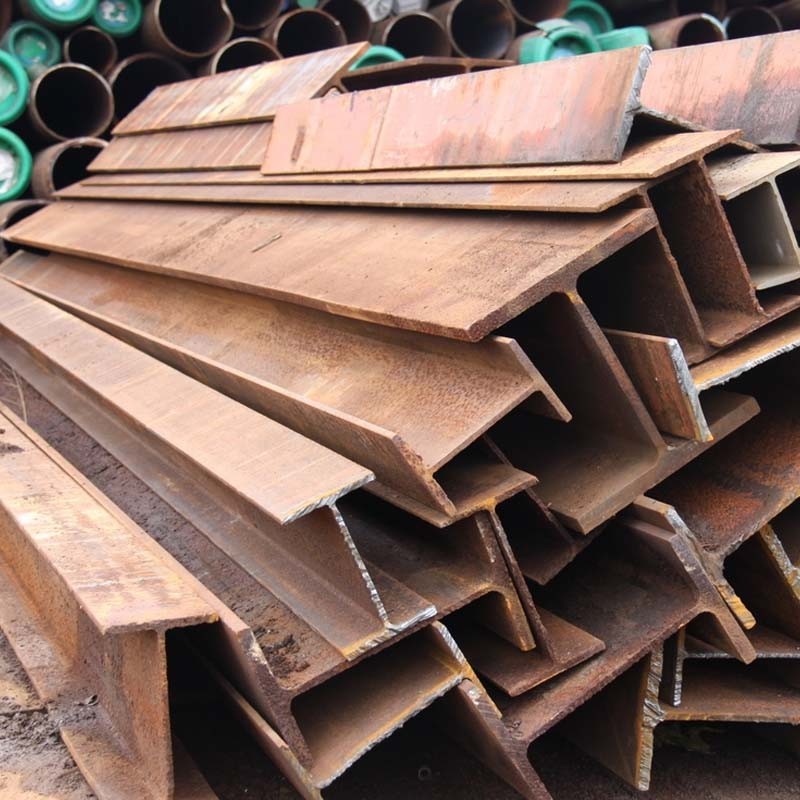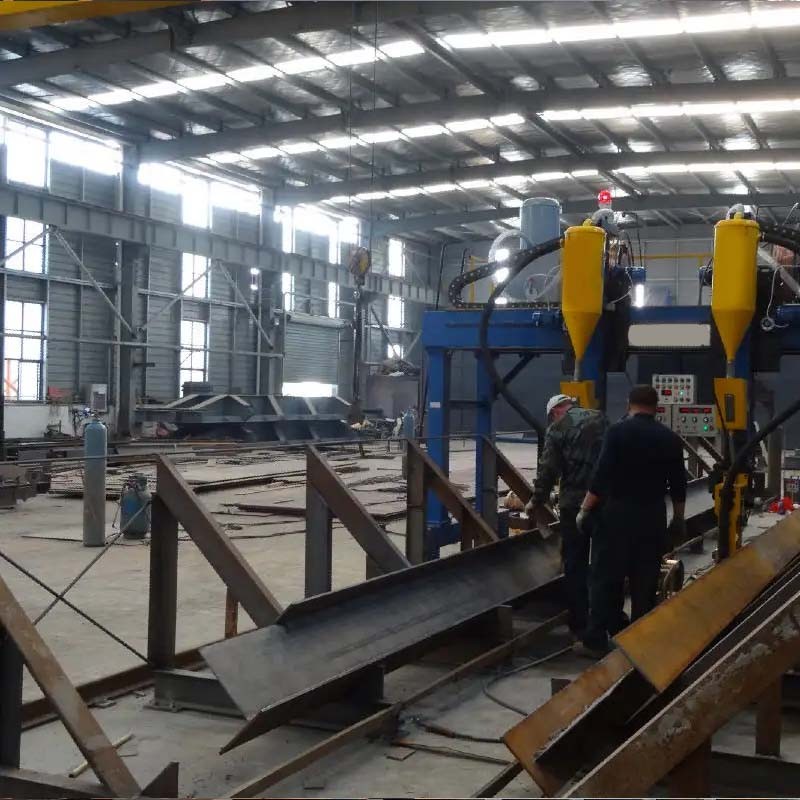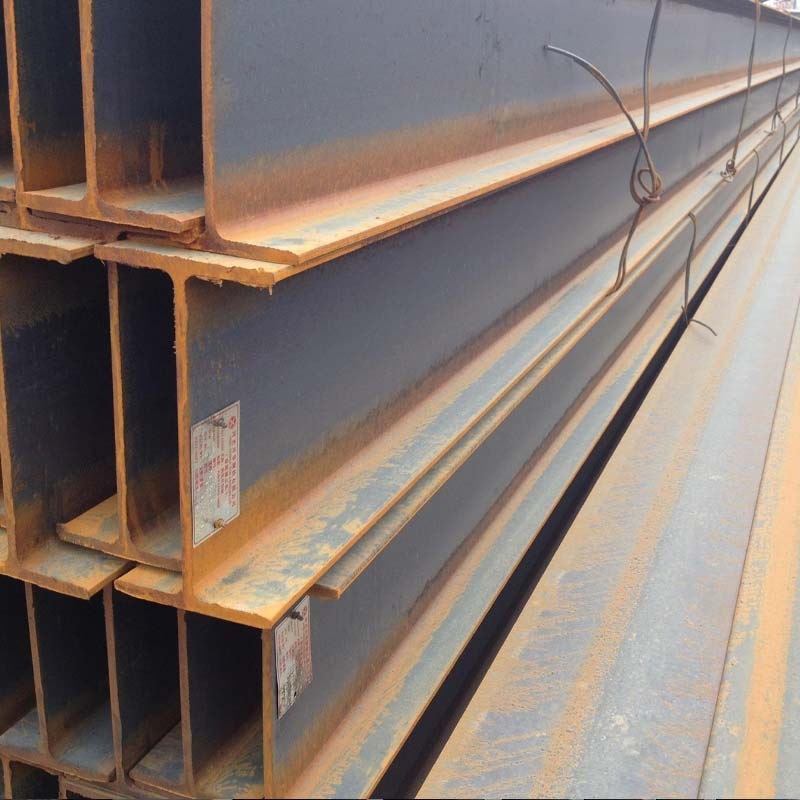
H-beam, also known as H-shaped beam or universal beam (UB), is a type of structural steel beam with an "H" cross-section. It is widely used in construction and civil engineering projects due to its excellent load-bearing capacity, structural stability, and versatility. H-beams are characterized by their distinctive shape, where the flanges are wider than the web, forming an "H" profile.
The introduction of H-beam includes the following key features:
Structural Design:
H-beams are designed to efficiently carry and distribute loads, making them ideal for use in various building and infrastructure applications.
Strength-to-Weight Ratio:
H-beams have a high strength-to-weight ratio, allowing them to support heavy loads with minimal additional weight.
Flexibility:
The wide flanges and customizable dimensions of H-beams make them versatile for various structural designs and configurations.
Connection Methods:
H-beams can be connected to other structural elements using various methods, such as welding, bolting, or riveting.
Standard Sizes:
H-beams are available in a range of standard sizes and lengths, making them easy to source and use in construction projects.
Applications of H-beam in construction include:
Building Frames:
H-beams are commonly used as columns and beams in the construction of industrial buildings, commercial complexes, and high-rise structures.
Bridges:
H-beams are used in the construction of bridge girders and supports due to their load-carrying capacity.
Infrastructure:
They are employed in the construction of infrastructure projects like railway tracks, airports, and highway overpasses.
Support Structures:
H-beams are used as support structures for conveyor systems, cranes, and other heavy machinery.
Mezzanine Floors:
H-beams are utilized in mezzanine floor systems to provide additional space in industrial facilities.
Platforms:
They are used to create elevated platforms and walkways in various settings.
It's important to ensure that H-beams are fabricated, installed, and utilized according to appropriate engineering and construction standards to guarantee structural integrity and safety. The dimensions and specifications of H-beams may vary depending on the specific requirements of each project, and professional engineering expertise is essential for their correct implementation.







|

|

|

|

|
| Timely Info | Independent | Platform | Multiple guarantees | Self-operated storage |
| About us | Channel | Useful tools |
|---|---|---|
| About China Steel Market | Prices | Steel Weight Calculation |
| Contact Us | Answers | Why Choose Us |
| Terms & Conditions | Inventory | |
| Privacy Policy | Help |
Hot search words: